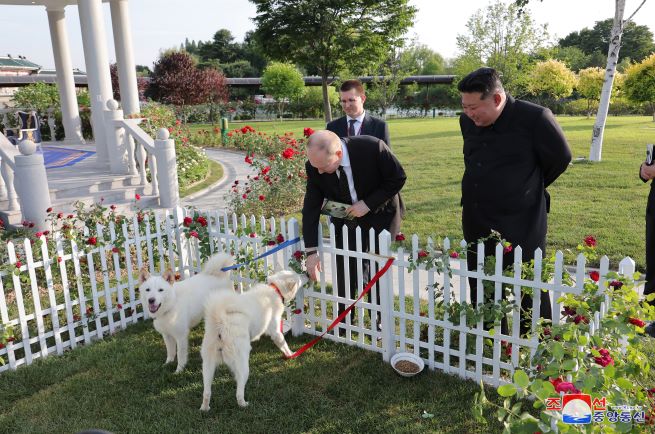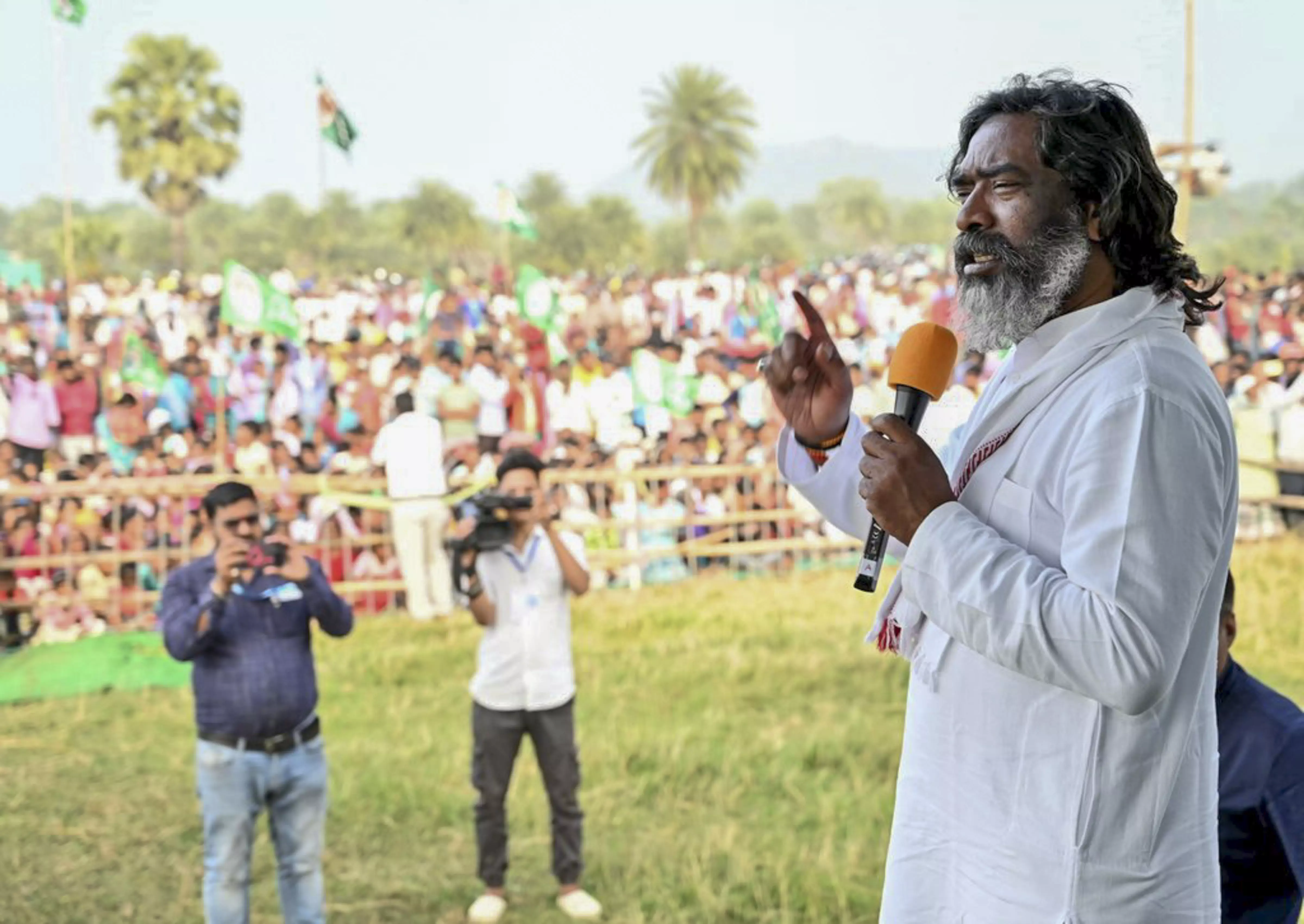One of the Soviet Union’s finest achievements has gone largely unrecognised. Back in the 1920s, the world’s first seedbank was established in a former palace in Leningrad (the city later renamed St Petersburg ). This living plant library provided the raw material for agriculturalists to breed higher yielding crops, and, in turn, help ease food shortages.
Botany is not normally considered the stuff of drama but Simon Parkin’s account of the seedbank in The Forbidden Garden of Leningrad is extraordinary. He tells us that the seedbank’s founder, Nikolai Vavilov, was an intrepid botanist and explorer with a boundless ambition. Vavilov declared that the seedbank would be “a treasury of all known crops and plants”; he led expeditions in search of rare flora ranging from the deserts of Iran to the Amazon basin.
By the outbreak of the Second World War, the seedbank contained 250,000 plant species. Then it ran into serious trouble. It was caught up in one of modern history’s most terrible episodes – the great blockade of Leningrad: the longest siege ever recorded, lasting almost 900 days between 1941 and 1944.
Starvation was weaponised. A directive from Nazi high command stated: “we are not interested in preserving even a part of this city’s population.” At least 750,000 people died during the siege, most from hunger.
This was, Parkin underlines, around “four times the number that died in the atomic bombings of Nagasaki and Hiroshima combined”. The staff in t.


















